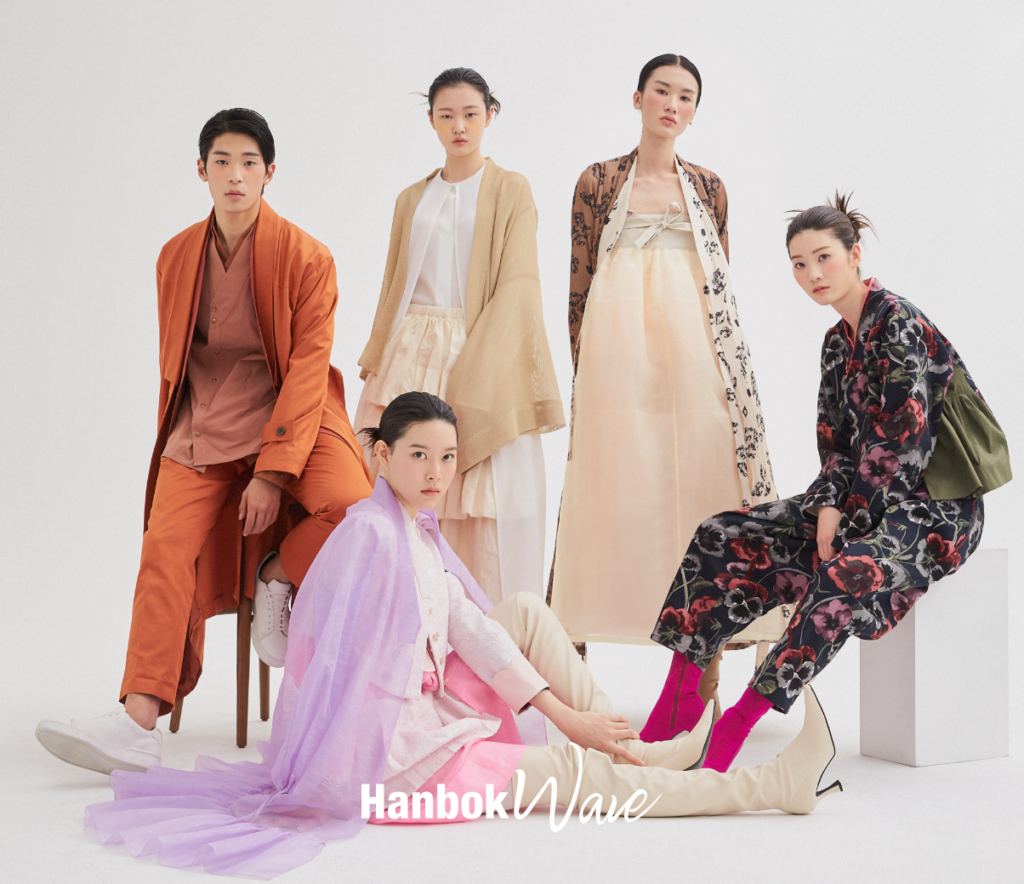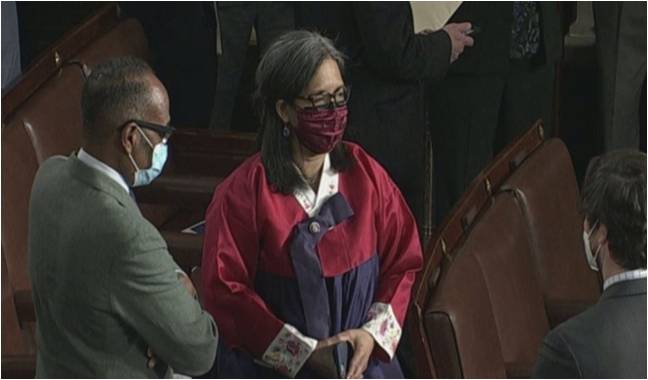As the Hallyu Wave continues its rapid growth of popularity overseas, more and more people have been enamored with the beauty of Korean traditional clothing, hanbok. Whether it’s through period Korean dramas or K-pop music videos such as “How You Like That” by Blackpink, hanbok has been widely loved across the world as an elegant representation of Korean culture.

Although hanbok has been incorporated heavily into the modern day, such as allowing tourists to rent their own traditional wear when visiting historical landmarks in the country, the country wanted to further emphasize the cultural significance of hanbok by showing people that it is possible to style and wear casually as well.
On December 17th, ten renowned fashion designers who specialize in hanbok design decided to come together to promote hanbok even further by participating in the “Hanbok Wave” digital runway. Hosted by the Ministry of Culture, Sports and Tourism, the Hanbok Promotion Center of the Korea Craft and Design Culture Promotion Agency, and the Korea International Cultural Exchange Agency, the designers were able to showcase 60 different yet vibrant styles of hanbok during the exhibition.
“We hope that hanbok can become an icon that represents Hallyu on the overseas stage,” says Director Kim Tae Hoon of the Institute for Craft and Design Culture Promotion, “and that the value and future of hanbok can be shared as cultural symbols.”
The Hanbok Wave Digital Runway showcased a collection of various kinds of hanbok, ones that adhere to traditional standards and ones that can be worn in modern everyday life. Models of the runway show included A-Hyeon from Momoland, Jung Hyo-Min, ATEEZ, and Golden Child. The show attempted to include various artists from different fields such as K-pop performers, traditional dance choreographers, taekwondo performers and even traditional artists, all of which collaborated to help design and promote hanbok.
Baek Ok-Soo is a Korean designer well known for costume production for BTS’s “Idol” and Agust D’s “Daechwita” music videos, both of which heavily incorporated hanbok clothing and other traditional Korean elements. Her works in the runway show emphasized a more modern design by exhibiting a baeja long coat utilizing traditional collars. Danha Judan, who is responsible for the modernized hanbok in Blackpink’s “How You Like That” performances, utilized traditional Korean architecture patterns into fashion prints, applying them to jeogoris (the top of the hanbok) and to the layered hanbok skirts.
Through this modern-traditional fashion show, the Ministry of Culture, Sports and Tourism hopes to invite more and more people from across the globe to appreciate the beauty of Korean culture outside of the entertainment industry.

Although hanbok has mainly been promoted within South Korea, the U.S. was also recently introduced to South Korea’s traditional attire through a public figure in America. Democratic Representative Marilyn Strickland became both the first African American to represent Washington state in Congress as well as the first Korean American woman to join the House. She attended her swearing-in ceremony wearing a hanbok to represent her mother’s Korean roots.
She stated, “As a woman of both Korean-American and African-American descent, it was deeply personal to wear my hanbok, which not only symbolizes my heritage and honors my mother, but also serves as a larger testament to the importance of diversity in our nation, state, and the People’s House.”
Strickland is now a part of the 117th Congress, which is known to house a diverse group of people and include more women. With her paying homage to her Korean heritage publicly, the United States has had a glimpse of Korean culture through the new Congresswoman, further emphasizing the importance of hanbok.
Julie Kim
Asia Journal
(Los Angeles Times Advertising Supplement)

